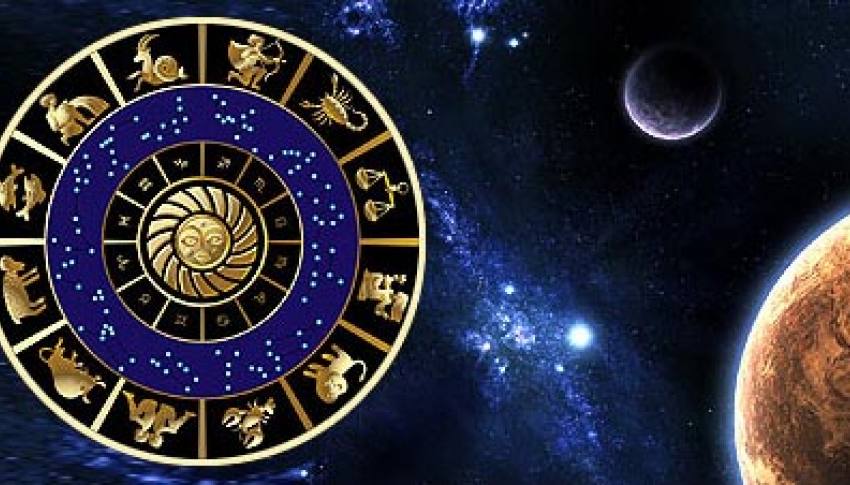Vedic Astrology
Vedic Astrology, popularly known as Hindu astrology, is the fundamental form of astrology. Vedic Astrology is an important part of the ancient scriptural texts of Bharatbarsha, known as Vedas that existed thousands of years ago in the Indian subcontinent. Vedas are the source of knowledge and has six main parts. Hindu Vedic Astrology is the eyes of Vedas. In today’s world, Vedic Astrology is acknowledged as the most powerful & practiced astrology worldwide.
Signs, Planets & Houses in Vedic Astrology
As per Hindu astrology, there are twelve zodiac signs, nine planets and twelve houses. The twelve signs are distributed in the twelve houses and the placement of nine planets in different houses is done according to the birth time of a person. This type of distribution of the planets on the basics of time, place and date of birth, is termed as birth chart, natal chart or horoscope chart. A birth chart reflects the strength of a planet in the chart – its sign, house, aspects, house lordship and conjunctions.
Dasha System: A Unique Methodology in Vedic Astrology
As per the Dasha system, a theoretical longevity of a person is considered 120 years, divided into 9 main periods of 9 different planets: Sun (6 years), Moon (10 years), Mars (7 years), Rahu (18 years), Jupiter (16 years), Saturn (19 years), Mercury (17 years), Ketu (7 years) and Venus (20 years). Each major period is further divided into sub periods in the same ratio as the main periods. The sequence of the periods remains the same for every person, except for the starting point which is determined by the exact position of “Nakshatra” in degrees and minutes in the birth chart. “Nakshatra” or Birth star is the sign where moon is located at the time of the birth. Hence, Dasha system is unique for every person.
Transit of Planets in Vedic Astrology
Transit is another vital tool required to do a dynamic analysis of an individual’s birth chart. Planets are in constant motion. They change their position periodically. Some of the planets are fast moving like the Sun (1 month), Mercury (28 days), Mars (28 days) & the ever transiting Moon (2.5 days). Planets like Jupiter (1 year), Saturn (2.5 years) and Rahu & Ketu (1.5 years) are slow moving planets. Vedic astrology provides a clear picture of what a person can expect to experience during a planetary transit.
Ashtakavarga: The Soul of Vedic Astrology
Ashtakavarga is an important dimension of Hindu Astrology. Sage Parashar narrated this system of analyzing birth chart to his daughter, Gargi and is the last chapter of “Parashar Hora Shashtra”, where he clearly mentions that Ashtakavarga will be most useful for people during “Kalyug”. It is a highly developed system of studying horoscope, based on the relation between two planetary placements in an individual’s birth chart. It is an effective tool in understanding the strength of a particular transiting planet.
Purpose of Vedic Astrology
The sole purpose of Vedic astrology is to make people aware about the upcoming probable events, challenges and opportunities in his / her life. This priceless knowledge can be used for taking better decisions and making life better in many aspects. The prior knowledge of future events is a powerful tool that helps to plan in advance, take smarter decisions and be better equipped to handle things. It empowers a person to plan proactively, giving him better control on their life, progress and happiness.
Quick Inquiry


